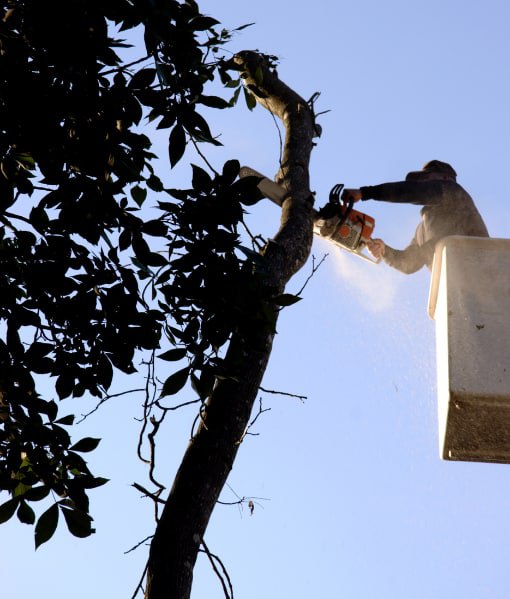
Introduction: Espalier is an ancient horticultural practice transforming fruit trees into living works of art while maximising limited space. This technique involves training fruit trees to grow in a two-dimensional, flat plane against a support structure, such as a wall, fence, or trellis. The result is visually stunning and highly functional, making it an ideal choice for small gardens or yards. In this blog post, we’ll delve into the art of espalier and explore how to prune fruit trees to create these beautiful, space-saving arrangements.
The Beauty of Espalier Fruit Trees:
- Space Efficiency: Espalier allows you to grow fruit trees in limited space, making it perfect for urban gardens, courtyards, or small backyards.
- Aesthetic Appeal: The carefully pruned branches of espaliered trees form intricate patterns that are both eye-catching and unique, adding a touch of elegance to any garden.
- Improved Yield: Espaliered trees often produce better fruit yields and quality due to increased exposure to sunlight and air circulation.
- Easy Maintenance: Pruning and harvesting become more accessible with fruit trees grown in a flat, structured form.
Choosing Suitable Fruit Trees:
- Select the Right Varieties: Not all fruit trees are suitable for espalier. Apple and pear trees are the most popular choices, but you can also consider cherries, peaches, or even citrus trees.
- Dwarf Varieties: Choose dwarf or semi-dwarf fruit tree varieties as they are naturally smaller and easier to manage.
Espalier Pruning Techniques:
- Support Structure: Begin by setting up your support structure, such as a trellis, against a wall or fence. This will serve as the framework for your espaliered tree.
- Choose Your Design: There are several espalier designs, including the fan, candelabra, or horizontal tiers. The choice depends on your personal preference and available space.
- Initial Pruning: Start with a young fruit tree, ideally in its first or second year. Prune away any excess branches, leaving only the main stem and a few well-placed branches that will become the scaffold branches.
- Training and Tying: As your tree grows, gently bend and tie branches to the support structure to encourage the desired flat growth pattern.
- Regular Maintenance: Prune and shape your espaliered tree annually during the dormant season (usually winter). Remove unwanted growth, maintain the desired shape, and encourage fruiting spurs.
Tips for Success:
- Patience is Key: Espaliering takes time; it may be a few years before your tree fully develops its intended shape. Be patient and consistent in your pruning and training efforts.
- Adequate Sunlight: Ensure your espaliered tree receives at least six hours of direct sunlight daily for optimal fruit production.
- Water and Fertilise: Provide your tree with adequate water and nutrients to promote healthy growth and fruit development.
- Regular Inspection: Keep an eye out for pests and diseases, as espaliered trees are more susceptible to specific issues due to their open structure.
Conclusion: Espalier is a delightful way to combine practicality and artistry in your garden. By pruning fruit trees to create these unique, space-saving designs, you enjoy a bountiful harvest and elevate the visual appeal of your outdoor space. Whether you’re a seasoned gardener or a beginner, the art of espalier offers a creative and fruitful gardening experience.
Call us on: 01797 334499
Click here to find out more about Rye Tree Surgeons
Click here to complete our contact form and see how we can help with your tree’s needs.